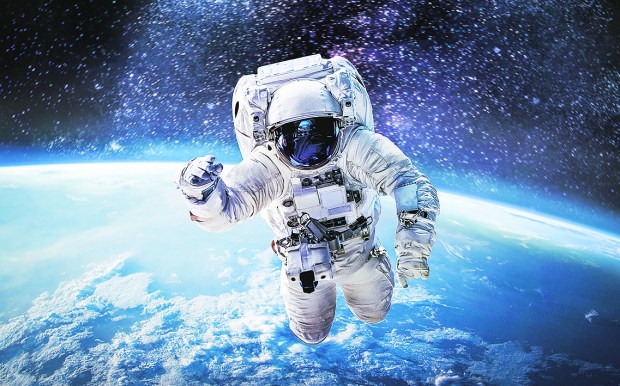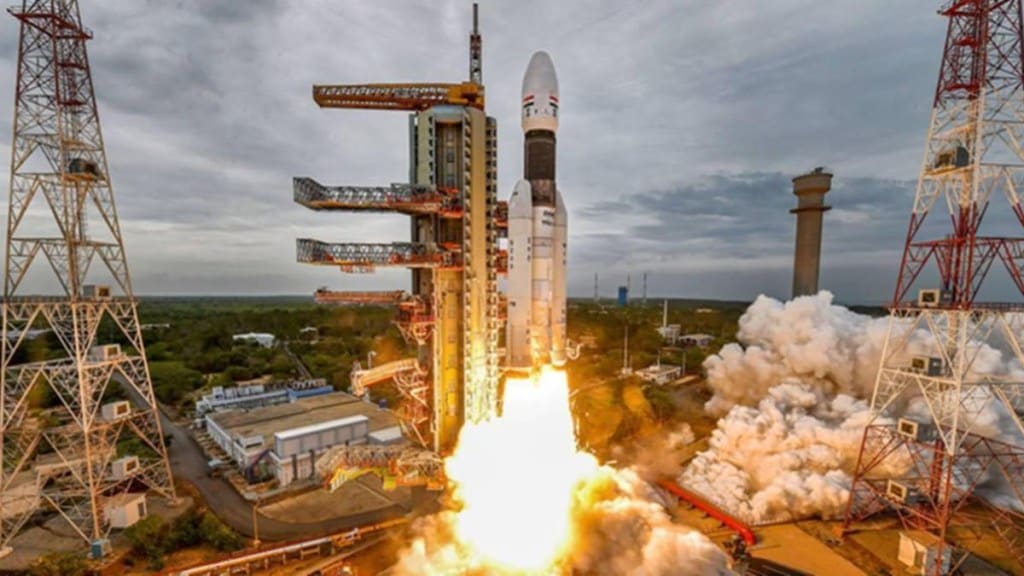While the Indians rejoiced with the successful launch of Chandrayaan-3, the lunar mission last month, the scientific community is now abuzz with the findings it has been able to make in just three weeks. Firstly, it confirmed the presence of sulfur, a volatile non-metal. It also found silicon, calcium, aluminium, and iron, among other elements. The discoveries can be useful in understanding moon’s geochemical make-up. It also made initial measurements of the temperature and density of the moon’s ionosphere, which could impact the lunar communication and navigation if humans come to live there. It even sensed a small seismic event, as per an article published in the Nature. Notably, the mission cost the nation a meagre sum of $75 million, much less compared to some other space missions. What adds to the milestones achieved was that Chandrayaan-3’s launch was swiftly followed by the one to the sun.
On September 2, the Aditya L1 Mission, India’s first solar mission, lifted off from Sriharikota. It is set to travel 1.5 million kilometres toward the Earth-sun Lagrange Point 1 and will take about four months to complete the journey. The ISRO called it “mission successful,” with its chief Sreedhara Panicker Somanath saying, “Now it will continue on its journey — it’s a very long journey of 135 days, let’s wish it [the] best of luck,” as per media reports. While Chandrayaan-3 and Aditya L1 are huge feats, looking back in time shows India has always been ambitious when it comes to space exploration. In the face of criticism over having such an elaborate space programme despite being plagued by poverty and unemployment, among other perils, ISRO has often carried out its mission on much smaller budgets than its peers, making the achievements even more commendable. As India continues to amaze with its space journey, here is a look back at commendable feats that paved the way for recent achievements:
Aryabhata
On April 19, 1975, India launched its first satellite and named it after the celebrated ancient Indian mathematician. While ISRO designed and assembled it, Aryabhata was launched through Russia’s Kosmos-3M rocket. The mission was intended to study Earth’s ionosphere, among other things. To mark the feet, Aryabhata’s image was printed on the back side of `2 bank notes between 1976 and 1997.
Rohini Satellite RS-1/SLV-3
In another milestone achieved on July 18, 1980, India successfully launched the Rohini Satellite, which was capable of diverse applications, from communications and resource mapping to television. The mission also marked the launch of SLV-3, India’s indigenous launch vehicle. A four-stage launch vehicle capable of placing 40 kg class payloads in the Low Earth Orbit, as per ISRO, SLV-3 paved the way for more advanced launch vehicles projects, such as Polar Satellite Launch Vehicle (PSLV), and Geosynchronous satellite Launch Vehicle (GSLV).
PSLV
October 1994 marked the debut of PSLV, India’s first launch vehicle equipped with liquid stages. Since then, it has emerged as a reliable launch vehicle, having lifted missions such as Chandrayaan-1 (2008) and Mars Orbiter Spacecraft (2013).
GSLV
The launch of PSLV was followed by that of GSLV, or Geosynchronous Satellite Launch Vehicle, capable of placing heavier payloads in the orbit than PSLV. Notably, GSLV is equipped to put satellites and other space objects into the Geosynchronous Transfer Orbits.

Chandrayaan-1
In 2008, India launched its first lunar mission Chandrayaan-I. It confirmed the presence of water ice on the moon.
Mangalyaan
On November 5, 2013, India successfully launched the Mars Orbiter Mission (MOM), or Mangalyaan, its inaugural mission to Mars. ISRO became only the fourth space agency to reach the Martian orbit and the first to do so in its first attempt. The mission cost $73 million.
Mission Shakti
In a major achievement on March 27, 2019, the Defence Research and Development Organisation, successfully neutralised a satellite in space using its anti-satellite missile. Named Mission Shakti, it demonstrated India’s capability of defending assets even in outer space. While India continues to reign in space, all eyes are now on Gaganyaan, its first human spaceflight mission. It is set to carry two or three astronauts in the LEO. It is now expected to kick off in late 2023 or early 2024.

